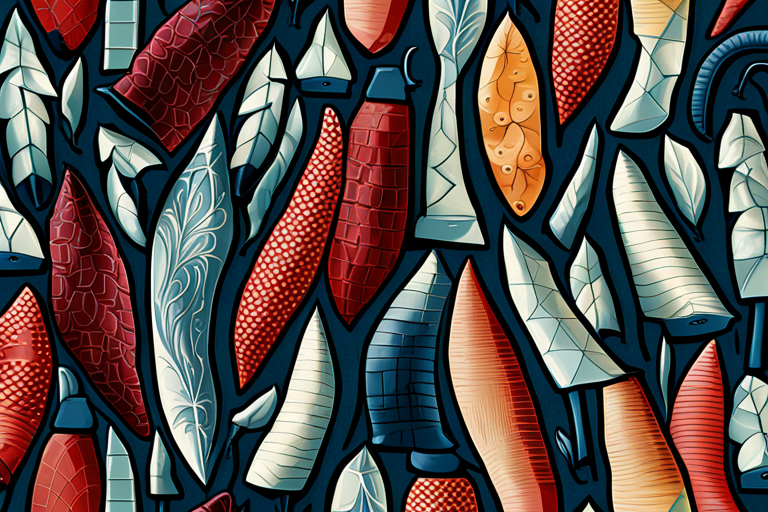Rotary printing is a printing process that uses a rotating cylindrical screen to transfer ink to a substrate. This type of printing is much faster and more efficient than traditional screen printing, making it a popular choice for mass production.
How does rotary printing work?
The rotary printing process begins with the creation of a stencil. The stencil is placed onto the cylinder of a rotary printing press and ink is applied to the stencil. As the cylinder rotates, the ink is transferred to the substrate. The speed and efficiency of rotary printing makes it a popular choice for mass production.
The benefits of rotary printing.
Rotary printing has many benefits that make it a popular choice for mass production. It is much faster and more efficient than traditional screen printing, making it a popular choice for mass production. Rotary printing also produces a high-quality print that is consistent and accurate. Additionally, rotary printing is a versatile printing method that can be used on a variety of substrates. Lastly, rotary printing is a relatively simple and straightforward printing process.
The downside of rotary printing.
While rotary printing is much faster and more efficient than traditional screen printing, there are some downsides to this type of printing. One of the biggest downsides to rotary printing is that it can be very hard to achieve fine details and small print runs. This type of printing is best suited for large prints with simple designs. If you are looking to print something with a lot of detail, or a small quantity of prints, rotary printing may not be the best option.
Another downside to rotary printing is that it can be quite expensive, especially if you need to purchase a special rotary printing press. This type of press can be very costly, and may not be worth the investment if you are only looking to print a small number of items. If you are planning on mass production, however, a rotary printing press can be a wise investment.
Difference between Rotary Screen Printing and Roller Printing
Rotary Screen Printing is a printing technique that uses a cylindrical screen to support an ink-blocking stencil. The stencil forms open areas of mesh that transfer ink as a solid image onto a substrate, such as paper or fabric. Roller Printing is a printing technique that uses a cylindrical screen to support an ink-blocking stencil. The stencil forms open areas of mesh that transfer ink as a solid image onto a substrate, such as paper or fabric.
Conclusion
Overall, rotary printing is a more efficient and faster printing process than traditional screen printing. However, there are some downsides to using this method, such as the increased risk of mistakes and the higher cost of equipment.



